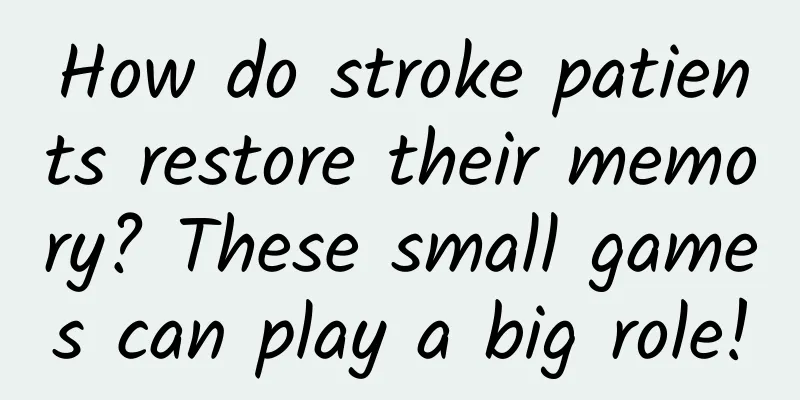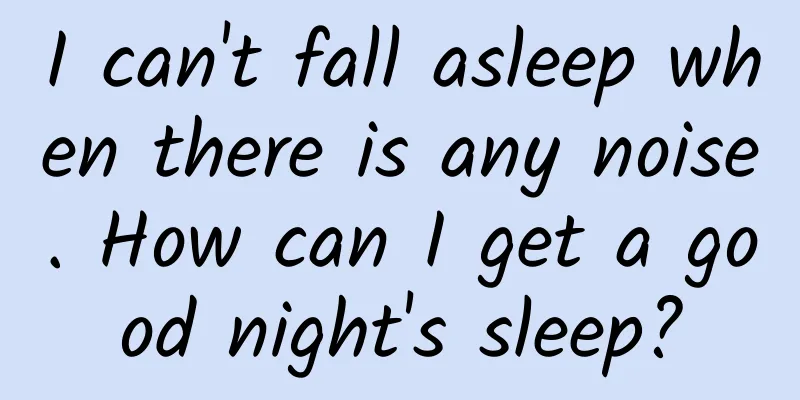How do stroke patients restore their memory? These small games can play a big role!

|
The obstacles of memory loss (forgetfulness, poor memory), aphasia (inability to speak, not understanding), agnosia (not recognizing people or things in the past), and apraxia (inability to do things that were previously known, such as dressing, brushing teeth, etc.) after stroke are obvious, and many patients' cognitive impairments have a great impact on their daily living ability. Therefore, cognitive rehabilitation is the main goal of our rehabilitation training to improve patients' daily living ability and quality of life. Among cognitive dysfunctions, attention and memory are two of the most prominent features. Here are some cognitive training methods at home that focus on attention and memory. The first method: using playing cards Sorting method (excluding JQK Big King and Little King); generally, the difficulty of training should be adjusted immediately according to the degree of cognitive impairment of the patient or whether there is improvement after a period of practice. Same flower type, same color sorting, for example, "♣" from 1 to 10; "♠" from one to ten... Same pattern, same color, only odd numbers or only even numbers, for example, “♣” 1, 3, 5, 7, 9; “♠” 2, 4, 6, 8, 10… Same color, different pattern, randomly selected, rehearsed order. Family members should keep track of time or timing while the above items are being trained, and also keep track of the errors, which will help in observing whether the patient is making progress in training. The second method: Deletion method You can find a short article in newspapers, books, magazines, etc. at home (the article should not be too long at the beginning), and ask the patient to delete the specified words while reading the article (this word is one word, no change is required). This method is conducive to improving the patient's attention and memory. The third type: classification game Prepare some cards of fruits, vegetables, transportation, stationery, etc. Randomly pick a few of each and mix them together, and let the patient classify them The fourth type: connection Draw 25 small circles randomly on a piece of paper, then label them with numbers 1-25, and then the patient will connect them in order. First draw 15 small circles on a piece of paper and label them 1-15. Then draw 15 small circles and label them A-O. Ask the patient to connect them in sequence as 1-A-2-B-3-C-4-D...13-M-14-N-15-O. Fifth: Listen and remember simultaneously The family members first randomly write a number on a piece of paper, and then read it out at a constant speed, asking the patient to listen and write down how many times the same number is read out. For example, how many times the "1" in "524113941695174113" is read out. As the patient improves, the number should be gradually increased. Type 6: Calculation Questions In order to train the patient's memory and attention, the patient is asked to do continuous addition, for example, 7+7=14, 14+7=21, 21+7=28... The family members are asked to only give the first question, and then tell the patient how many times to add. |
<<: American Century Investments: Financial professionals use LinkedIn to find business insights
Recommend
How to treat yellow leucorrhea with fishy smell
In fact, women have some troubles every month, so...
Can I get pregnant if I have grade three inflammation?
There are various kinds of inflammation in the hu...
What is the best way to wash hands to prevent the new coronavirus? Is it better to wash hands with soap or perfumed soap?
We all know that the new coronavirus is a new vir...
What is menopausal syndrome like in middle-aged women?
When women reach middle age, they are very likely...
Can Parkinson's syndrome be detected early? What are the dangers?
Author: Chen Haibo, chief physician of Beijing Ho...
Can pregnant women use special cold medicines in the early stages of pregnancy?
Women must pay attention to diet and medication d...
Is it normal for morning sickness to disappear suddenly?
Morning sickness after pregnancy is a relatively ...
Can you get pregnant without menstruation?
If a female friend does not have her menstruation...
Abdominal pain and amenorrhea
Some female friends often feel pain in their lowe...
What are the causes of vulvar itching?
Many people think that vulvar itching is vaginiti...
What are the methods for women's reproductive health and health care?
I believe that many married women will have this ...
What to hang on the sofa background wall? Sofa background wall decoration skills
We all know that there are many details to pay at...
Is there a connection between bacterial vaginosis and genital warts?
Most women are familiar with gynecological diseas...
Vaginitis is divided into several types
Vaginitis is a very common gynecological disease....
What are the effects of a cold during five months of pregnancy on the fetus?
When a woman is pregnant, her body's resistan...









